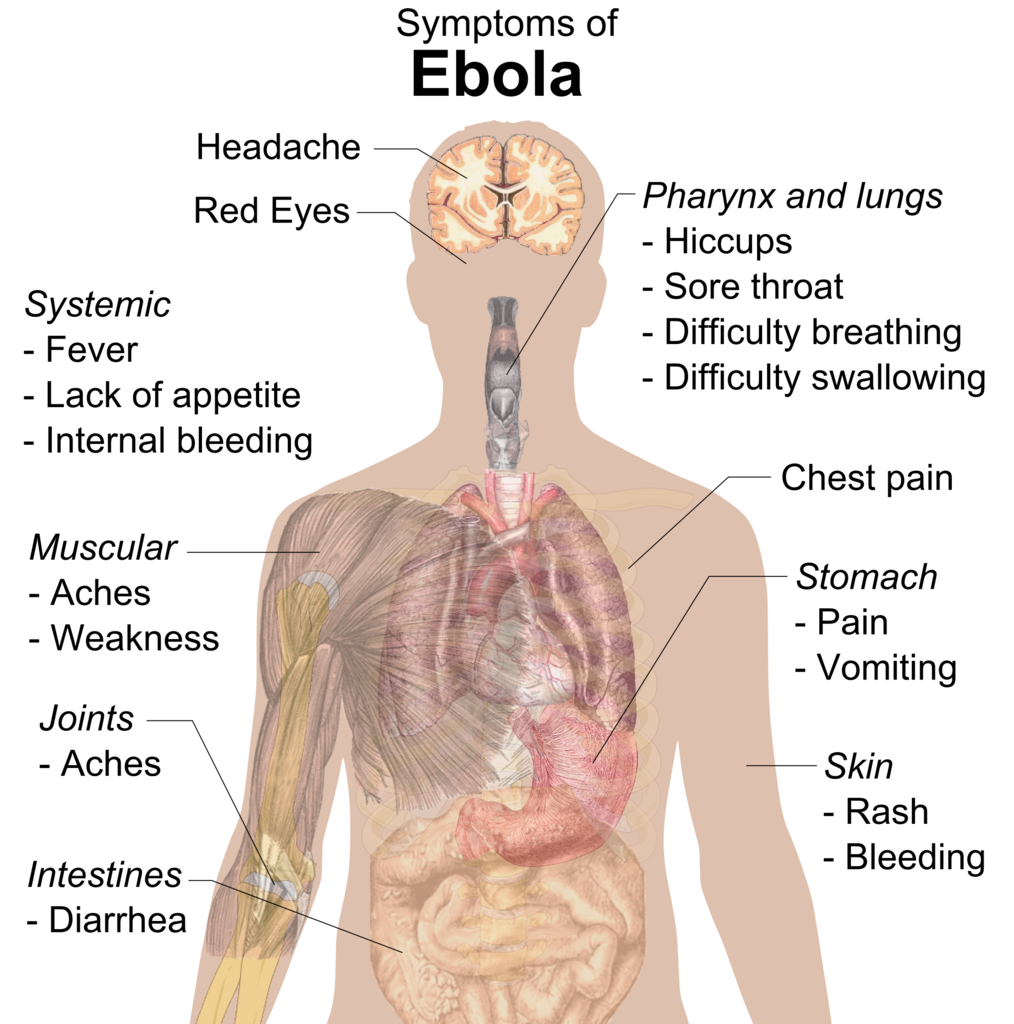An outbreak of the Ebola virus in the Democratic Republic of the Congo has claimed three lives since Friday, April 10, 2020 — the sources of their infections is still under investigation — which prompted the International Health Regulations Emergency Committee for Ebola in that country to declare it as a continuation “to constitute a Public Health Emergency of International Concern.”
Ebola Virus is a Public Health Emergency of International Concern
“The Committee noted that armed groups are active in the area where these cases were identified, a lack of funding is constraining the response, and the COVID-19 pandemic is adding more challenges to an already complex operation”, according to this statement which was issued earlier today, Tuesday, April 14, 2020 by Tedros Adhanom Ghebreyesus, who earned a doctorate of philosophy in the United Kingdom and has been the current Director-General of the World Health Organization since he was elected to that position on Tuesday, May 23, 2017. “Tremendous progress has been made containing this outbreak in very difficult circumstances. Up until Friday, 54 days had passed without a confirmed case being reported, and 40 days had passed since the last person known to have Ebola tested negative and was discharged from treatment.”
Although the Ebola virus disease has been known since 1976 when it was first discovered, it received the most attention during the outbreak in countries located in West Africa between 2014 and 2016, when the case fatality rate was as high as 90 percent. The worldwide focus on this virus back then was enough to compel airlines to reduce or eliminate the frequency of flights to and from that region.
“The 2014-2016 Ebola outbreak in West Africa began in a rural setting of southeastern Guinea, spread to urban areas and across borders within weeks, and became a global epidemic within months”, according to this article from the Centers for Disease Control and Prevention.
According to this news release from the World Health Organization, “As of 10 April 2020, 3456 confirmed and probable cases and 2276 deaths have occurred as a result of the outbreak.”
Key facts pertaining to the Ebola virus disease — as according to the World Health Organization — include the following information, along with transmission, symptoms, diagnosis, treatment, and vaccines:
- Ebola virus disease — which was formerly known as Ebola haemorrhagic fever — is a rare but severe and often fatal illness in humans.
- The virus is transmitted to people from wild animals and spreads in the human population through human-to-human transmission.
- The average Ebola virus disease case fatality rate is around 50 percent. Case fatality rates have varied from 25 percent to 90 percent in past outbreaks.
- Community engagement is key to successfully controlling outbreaks.
- Good outbreak control relies on applying a package of interventions, namely case management, infection prevention and control practices, surveillance and contact tracing, a good laboratory service, safe and dignified burials and social mobilization.
- Vaccines to protect against Ebola virus disease are under development and have been used to help control the spread of Ebola virus disease outbreaks in Guinea and in the Democratic Republic of the Congo.
- Early supportive care with rehydration, symptomatic treatment improves survival. There is no licensed treatment proven to neutralize the virus — but a range of blood, immunological and drug therapies are under development.
- Pregnant and breastfeeding women with Ebola virus disease should be offered early supportive care. Likewise, vaccine prevention and experimental treatment should be offered under the same conditions as for non-pregnant population.
Summary
The current pandemic of the 2019 Novel Coronavirus has buried most other news — including that of the latest information pertaining to other diseases and viruses — into the background; and it is also apparently hampering efforts to keep other viruses contained so that they do not become pandemics of their own…
…especially viruses such as that which causes Ebola virus disease, as no proven or licensed treatment or vaccine exists — despite the discovery of the virus 44 years ago, with its most dangerous outbreak ending six years ago.
One can only hope that effective treatment and a proven vaccine for the 2019 Novel Coronavirus — which is also known as COVID-19 or 2019-nCoV or SARS-CoV-2 — will arrive much sooner than that for the Ebola virus disease.
Other articles at The Gate which pertain to the Ebola virus disease include:
- West Africa Declared Free of Ebola Virus Disease Epidemic — But…
- Do You Fear the Ebola Virus? I Do Not — and Here is Why
- Ebola Virus: New Travel Restrictions Now in Place in the United States
- Korean Air to Suspend Flights to Nairobi; Ebola Outbreak the Reason
Source of diagram: Mikael Häggström, which is used under the Creative Commons 3.0 license and is found here: Ebola Hemorrhagic Fever from the Centers for Disease Control and Prevention.

